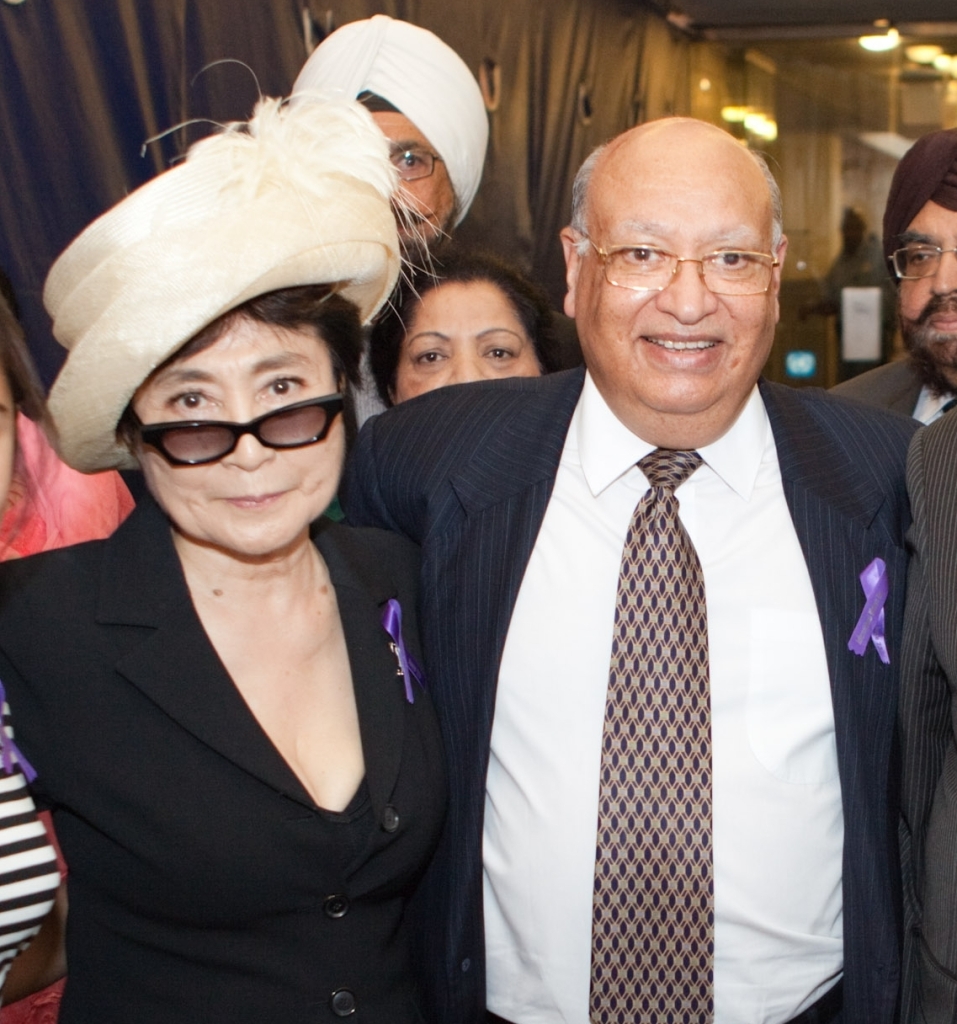Gratitude and Grief: Kristin’s ThankList
When we launched the ThankList, we knew that we would likely hear compelling stories of gratitude from others. Once the concept of a ThankList is explained, it’s hard not to start creating the mental list of those who have had an impact on our lives. But the outpouring of support for our mission and desire from our fan base for their stories and voices to be heard has been truly humbling.
One of those conversations revealed a compelling, inspiring story that we wanted to share here with you.
In 2007, Kristin Meekof’s husband Roy was diagnosed with advanced stage adrenal cancer. Yet somehow, despite the grim prognosis and enduring an aggressive treatment schedule, Kristin found Roy not only accepting of his diagnosis, but relishing in moments of gratitude for the life he’d been given.
He never said, “Why me?”. Instead, he said, “Why not me?”
Despite being widowed at age 33 only 8 weeks after his initial diagnosis, it was Roy’s open heart and attitude of gratitude that has stayed with her. She says that he taught her that gratitude is the answer to nearly every question. Inspired by both his spirit and her ability to turn something tragic into something beautiful, we had a few questions we wanted to ask about Roy and his legacy.
Q: Tell us a little about your husband Roy.
Kristin: Roy was a middle school teacher, a veteran, and a gentle soul. My husband lived with an open heart and very much believed in living in the light, literally and figuratively. Before we were married we exchanged gratitude lists with each other via email, so thankfulness wasn’t something foreign to him. It was part of his being.
{Gratitude when you are diagnosed with terminal cancer
is bringing light out of a very dark well.
In this light of gratitude is the place that he dwelled. }
Q: Do you think he knew how he changed you? Did you ever get to say thank you?
Kristin: I would like to think that he knew that his presence, our marriage, our friendship changed me, but I don’t know if he knew how deep it was. Since we were in the habit of exchanging gratitude lists, something we started before we were married, I did say thank you.
And since my late husband’s death, I make it a point to give a handwritten thank you cards to my dear friends because their kindness matters to me. It is important to put these things in writing and thank you cards are a beautiful gesture of kindness.
Q: How has your life changed because of his perspective?
Kristin: With gratitude comes an openness and a sense of bravery. About three years ago, I decided that I wanted to co-write a book for widows of all ages, and I interviewed many widows about their experiences. The widows were incredibly generous with their time and thoughts and for each of them I am eternally grateful. It is all bittersweet because the impetus for this research and book is loss, but gratitude made it possible. Gratitude opened the door for this book project and as a result I’ve formed some incredible friendships.
Q: If you could speak to him today, what would say?
Kristin: I would tell him that I still think of him daily and continue to love him. I would thank him for teaching me that gratitude is the answer to nearly every question.
I think he would be surprised to know that I co-wrote a book, and then I’d explain that I decided to write the book for widows so that they would feel less alone. Then, I would talk about all of the beautiful people who helped me with this three year project, and some of the gorgeous opportunities that I’ve been given.
Kristin is a Huffington Post contributor and co-author of the book A Widow’s Guide to Healing: Gentle Support and Advice for the First 5 Years. As a part of her dedication to helping grieving widows around the world, she’s traveled to Kenya with a charity organization.
See original article

















